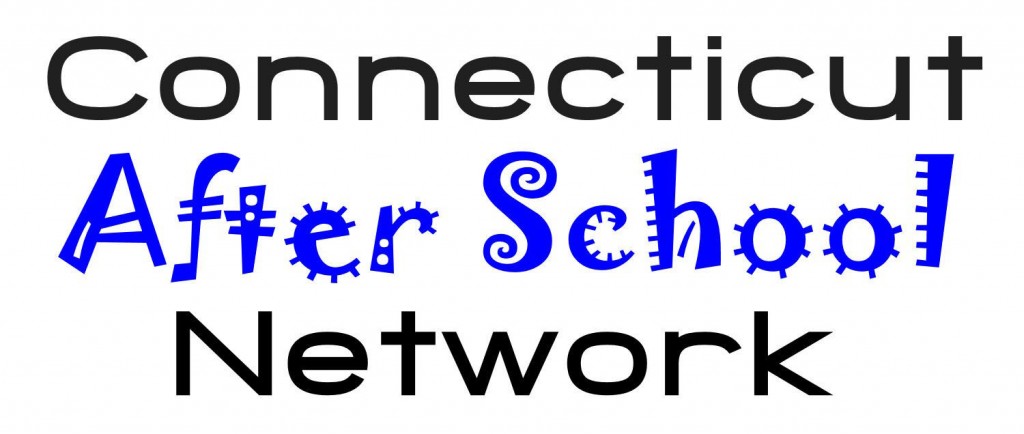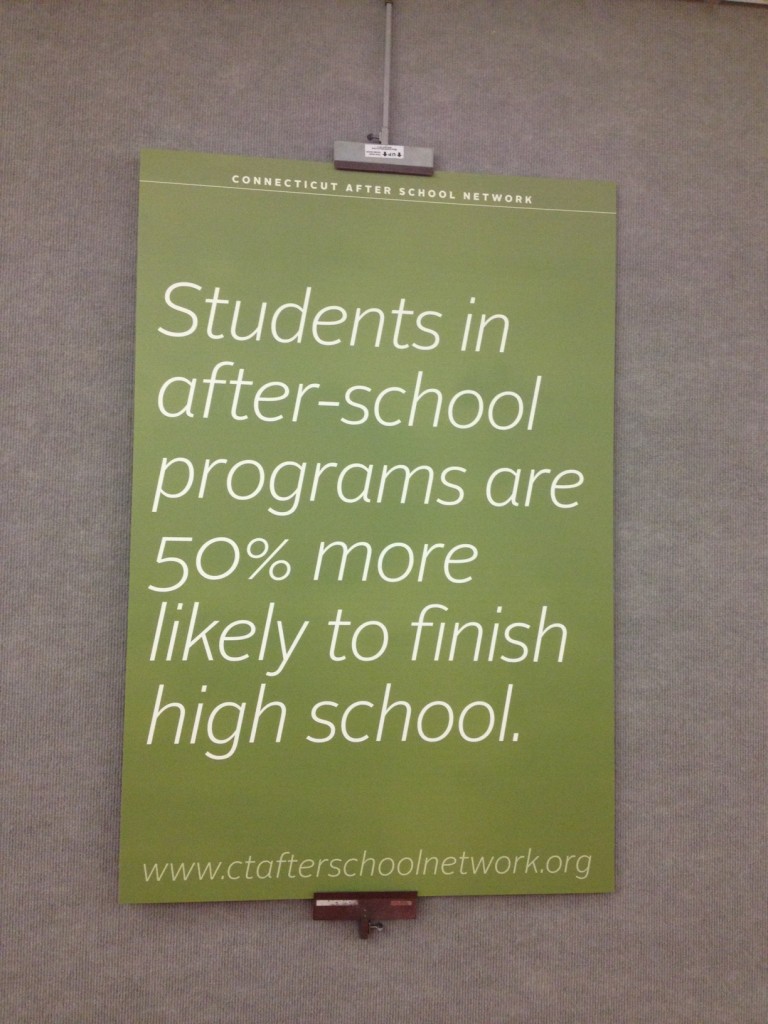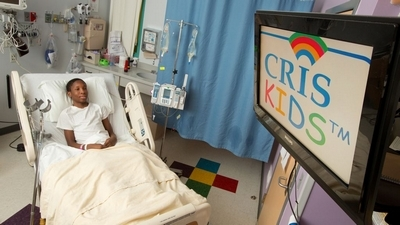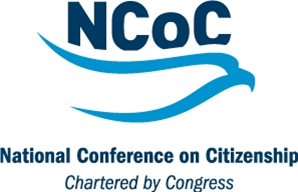Students Want Financial Education Before High School Graduation
/While more than 3 of 4 teens (76%) believe the best time to learn about money management is before graduating high school, less than 3 in 10 (29%) reported programs currently in place, according to a national survey of teens. Those statistics stand out in the latest Junior Achievement USA® (JA) and The Allstate Foundation 2013 Teens and Personal Finance Poll. The gap between students who want financial education and those who receive it is precisely the gap that JA volunteers seek to fill - which explains why more volunteers are needed. JA is a partnership of educators and volunteers from business and the community. The survey also found that 25 percent of teens think they will be age 25-27 before becoming financially independent from their parents, up from 12 percent in 2011. Concurrently, parents are also expecting their children to be in their mid-20s by the time they are financially independent, as the economy, availability of jobs and societal norms now indicate a longer dependence on parents.
More than one-third (34%) of teens said are somewhat or extremely unsure about their ability to invest money. Even as credit cards are aggressively marketed to teens, 20 percent remain somewhat or extremely unsure about their ability to use credit cards. And of the 33% of teens who say they do not use a budget, 42% are "not interested" and more than one-quarter (26%) think "budgets are for adults."
"budgets are for adults."
JA provides volunteers with everything they need to be successful in the classroom, including comprehensive classroom materials, step-by-step lesson plans and training, a choice of grade (K-12) and a school location close to home or work and a connection to an individual teacher to coordinate times during the school day for as few as five lessons, each lasting approximately 45 minutes. Providing children with positive adult role models, who illustrate ways to build self-confidence, develop skills and find avenues of success in our economic system, is a hallmark of Junior Achievement.
”JA delivers specific, effective programs in the classroom that respond to the knowledge gap,” said Louis J. Golden, President of JA of Southwest New England. “Far too many teens lack a fundamental understanding of how to manage their money. The poll reminds us that students recognize that. JA provides young people the knowledge, tools and inspiration to understand our economy and their own finances, and make their way in the world.”
Last year, more than 2,500 volunteers - business professionals, parents, retirees, and college students – offered JA programs to more than 34,500 students in schools throughout Hartford, Litchfield, New Haven, Windham, Tolland, New London and Middlesex counties. There are ongoing programs at the elementary, middle school and high school level, as well as afterschool programs.
“Classroom volunteers make economic concepts relevant, fuel the entrepreneurial spirit, and challenge the students to excel,” Golden said. “They help provide the financial knowledge before college that students are seeking.”
To learn more about the JA volunteer program, contact 860-525-4510 or visit www.jaconn.net for details.








































